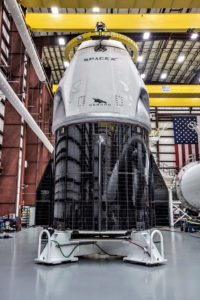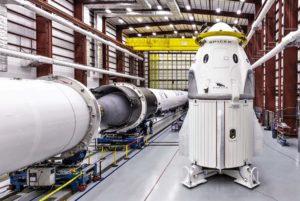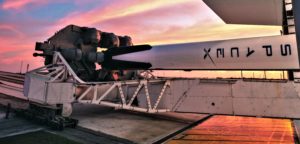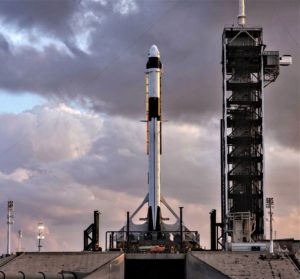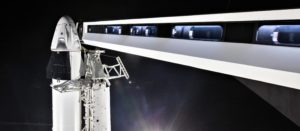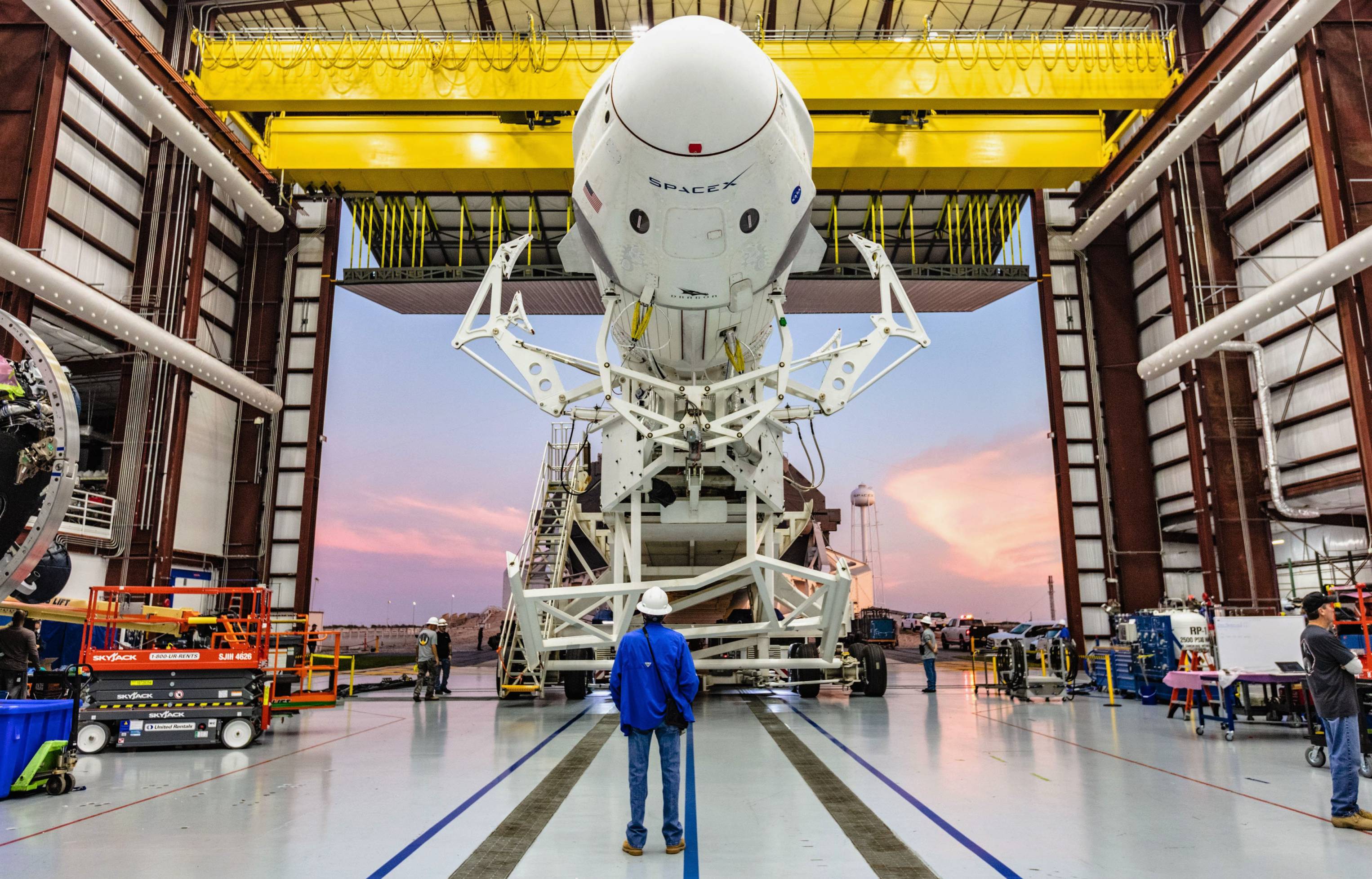

SpaceX
SpaceX to static fire Falcon 9 with a spacecraft on board for the first time in two years
SpaceX has rolled Falcon 9 and Crew Dragon out to Pad 39A for the second time ever in preparation for a full wet dress rehearsal (WDR) and static fire – no earlier than Jan. 23 – of booster B1051’s nine Merlin 1D engines, preparing for an orbital launch attempt that slipped from NET Feb. 9 to Feb. 16 earlier this week.
While this milestone is important for myriad other reasons, it happens to be exceptionally unique thanks to one particularly surprising feature: Falcon 9 rolled out for its static fire with Crew Dragon (the rocket’s payload) still attached. This will be the first time in more than 28 months – since Amos-6, the last catastrophic Falcon 9 failure – that SpaceX has performed its routine on-pad static fire with a valuable payload attached to the rocket.
The Falcon 9 and Crew Dragon are now in position at launch pad 39A in readiness for a crucial test firing of its nine first-stage engines as soon as tomorrow: https://t.co/kYCr6Nzd0I pic.twitter.com/9VDXJL7ZLX
— Spaceflight Now (@SpaceflightNow) January 22, 2019
On September 1st, 2016, a SpaceX Falcon 9 experienced the rocket family’s second catastrophic failure ever when supercool liquid oxygen froze around a COPV’s carbon fiber wrappings, expanding just enough to breach the ultra-high-pressure vessel. Falcon 9 and its ~$200M Amos-6 satellite payload were completely destroyed, while Launch Complex 40 (LC-40) suffered tens of millions of dollars of damage that would effectively require it to be completely rebuilt over the course of more than a year.
After Amos-6, SpaceX immediately halted the practice of including customer payloads on Falcon 9 during static fires, used to save 24-48 hours of time between static fire and launch. SpaceX nevertheless retained the option if customers were to explicitly request it, otherwise wisely concluding (likely with more than a little encouragement from insurance companies) that expediting schedules by a few dozen hours was not worth the entirely unnecessary risk to satellite payloads that often cost hundreds of millions of dollars and take years to build.
https://twitter.com/spiel2001/status/1087828282937102338
Given that SpaceX has stuck to that practice for all 38 Falcon 9 launches it has performed between Amos-6 and the present day, it seems all but guaranteed that the first orbit-ready Crew Dragon’s presence on Falcon 9 during its static fire has been done only at the specific request of the launch customer – in this case, NASA. It’s probably not hyperbolic to argue that Demo-1’s (DM-1) Crew Dragon is the most valuable, important, expensive, and irreplaceable spacecraft SpaceX has ever attempted to launch, having likely spent millions of work hours building, changing, refining, and testing it to meet NASA’s exacting and sometimes absurd requirements.
If Falcon 9 B1051 were to fail with Crew Dragon atop it during its Pad 39A static fire, it might be possible for the DM-2’s Crew Dragon to be completed and modified for an uncrewed test flight with just six months of delay, assuming Falcon 9’s mode of failure could be investigated and repaired to NASA’s satisfaction. However, the destruction of the DM-1 capsule and trunk could almost indefinitely delay SpaceX’s first crewed launch, dependent upon an inflight-abort test that is supposed to use the refurbished DM-1 capsule, while the Crew Dragon currently supposed to launch after DM-2 is unlikely to be ready before August or September 2019.
- The first complete Crew Dragon is likely just days away from rolling out to Pad 39A atop Falcon 9. (SpaceX)
- An impressive view of Crew Dragon (DM-1), Falcon 9 B1051, and its upper stage. (SpaceX)
- DM-1 and Falcon 9 were greeted by an extraordinary – albeit mildly bittersweet – dawn during their first-ever trip out to Pad 39A. (SpaceX)
- Falcon 9 and Crew Dragon vertical at Pad 39A. (SpaceX)
- Crew Dragon and its crew-rated Falcon 9 went vertical at a launch pad (Pad 39A) for the first time ever on January 4th. (SpaceX)
Ultimately, NASA likely requested that Crew Dragon remain atop Falcon 9 for this static fire out of some desire for a full-fidelity test environment and complement of data. There is perhaps a very limited chance that Crew Dragon will be fully fueled with hydrazine (MMH/NTO) and have its launch escape system (LES) active and ready to go in the event of a rocket failure.
Why they deemed the immense potential risk to be worthwhile is far less clear. Whether it is being done out of complacency or a desire for expediency or ultra-realistic test data, the risk is the same. In theory, Falcon 9 has been tested extensively and should operate perfectly, just as expected. So was Amos-6’s Falcon 9.
News
SpaceX’s Crew-11 mission targets July 31 launch amid tight ISS schedule
The flight will lift off from Launch Complex 39A at Kennedy Space Center in Florida.
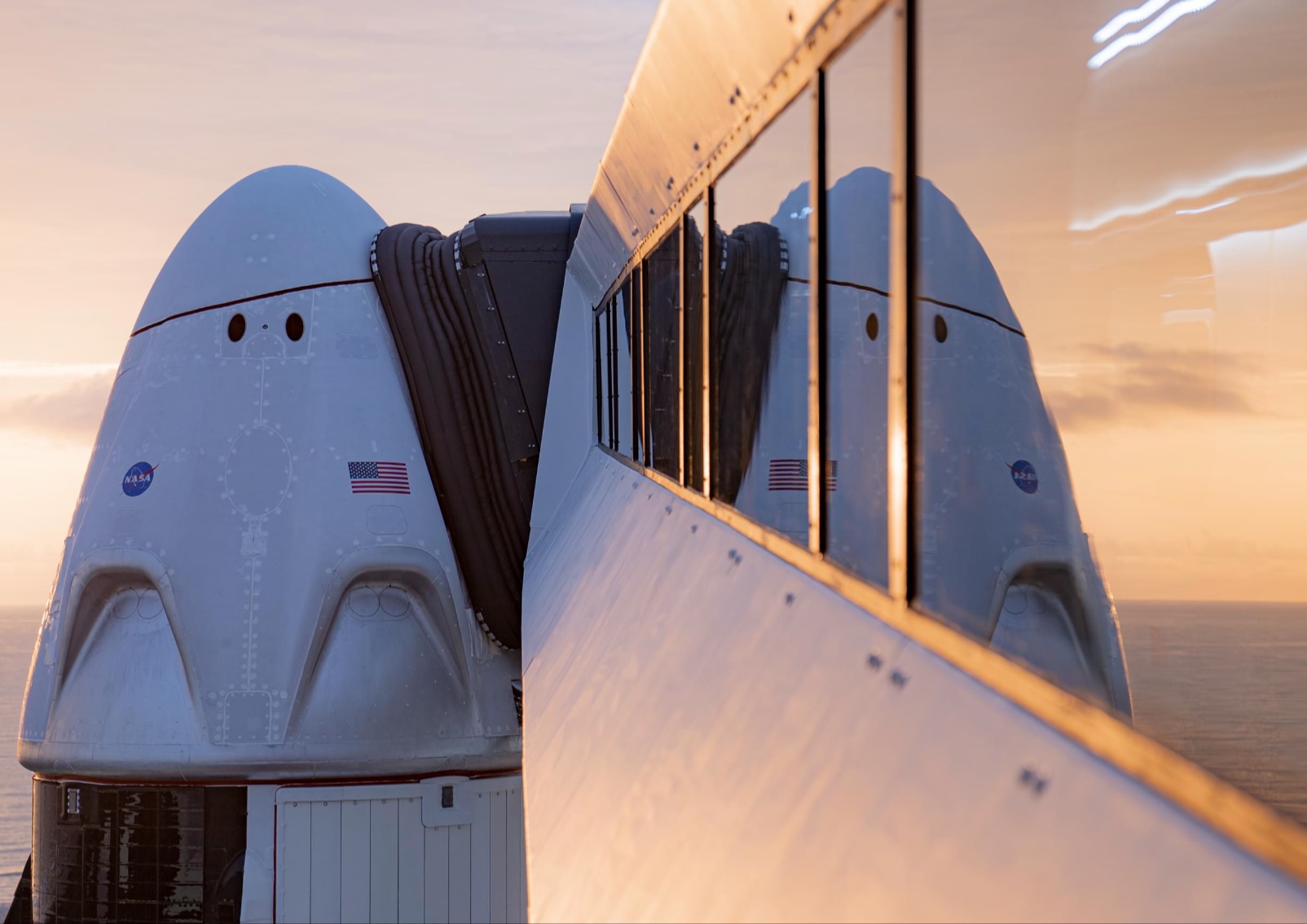
NASA and SpaceX are targeting July 31 for the launch of Crew-11, the next crewed mission to the International Space Station (ISS). The flight will lift off from Launch Complex 39A at Kennedy Space Center in Florida, using the Crew Dragon Endeavour and a Falcon 9 booster.
Crew Dragon Endeavour returns
Crew-11 will be the sixth flight for Endeavour, making it SpaceX’s most experienced crew vehicle to date. According to SpaceX’s director of Dragon mission management, Sarah Walker, Endeavour has already carried 18 astronauts representing eight countries since its first mission with NASA’s Bob Behnken and Doug Hurley in 2020, as noted in an MSN report.
“This Dragon spacecraft has successfully flown 18 crew members representing eight countries to space already, starting with (NASA astronauts) Bob (Behnken) and Doug (Hurley) in 2020, when it returned human spaceflight capabilities to the United States for the first time since the shuttle retired in July of 2011,” Walker said.
For this mission, Endeavour will debut SpaceX’s upgraded drogue 3.1 parachutes, designed to further enhance reentry safety. The parachutes are part of SpaceX’s ongoing improvements to its human-rated spacecraft, and Crew-11 will serve as their first operational test.
The Falcon 9 booster supporting this launch is core B1094, which has launched in two previous Starlink missions, as well as the private Ax-4 mission on June 25, as noted in a Space.com report.
The four-members of Crew-11 are NASA astronauts Zena Cardman and Mike Fincke, as well as Japan’s Kimiya Yui and Russia’s Oleg Platonov.
Tight launch timing
Crew-11 is slated to arrive at the ISS just as NASA coordinates a sequence of missions, including the departure of Crew-10 and the arrival of SpaceX’s CRS-33 mission. NASA’s Bill Spetch emphasized the need for careful planning amid limited launch resources, noting the importance of maintaining station altitude and resupply cadence.
“Providing multiple methods for us to maintain the station altitude is critically important as we continue to operate and get the most use out of our limited launch resources that we do have. We’re really looking forward to demonstrating that capability with (CRS-33) showing up after we get through the Crew-11 and Crew-10 handover,” Spetch stated.
News
SpaceX launches Ax-4 mission to the ISS with international crew
The SpaceX Falcon 9 launched Axiom’s Ax-4 mission to ISS. Ax-4 crew will conduct 60+ science experiments during a 14-day stay on the ISS.
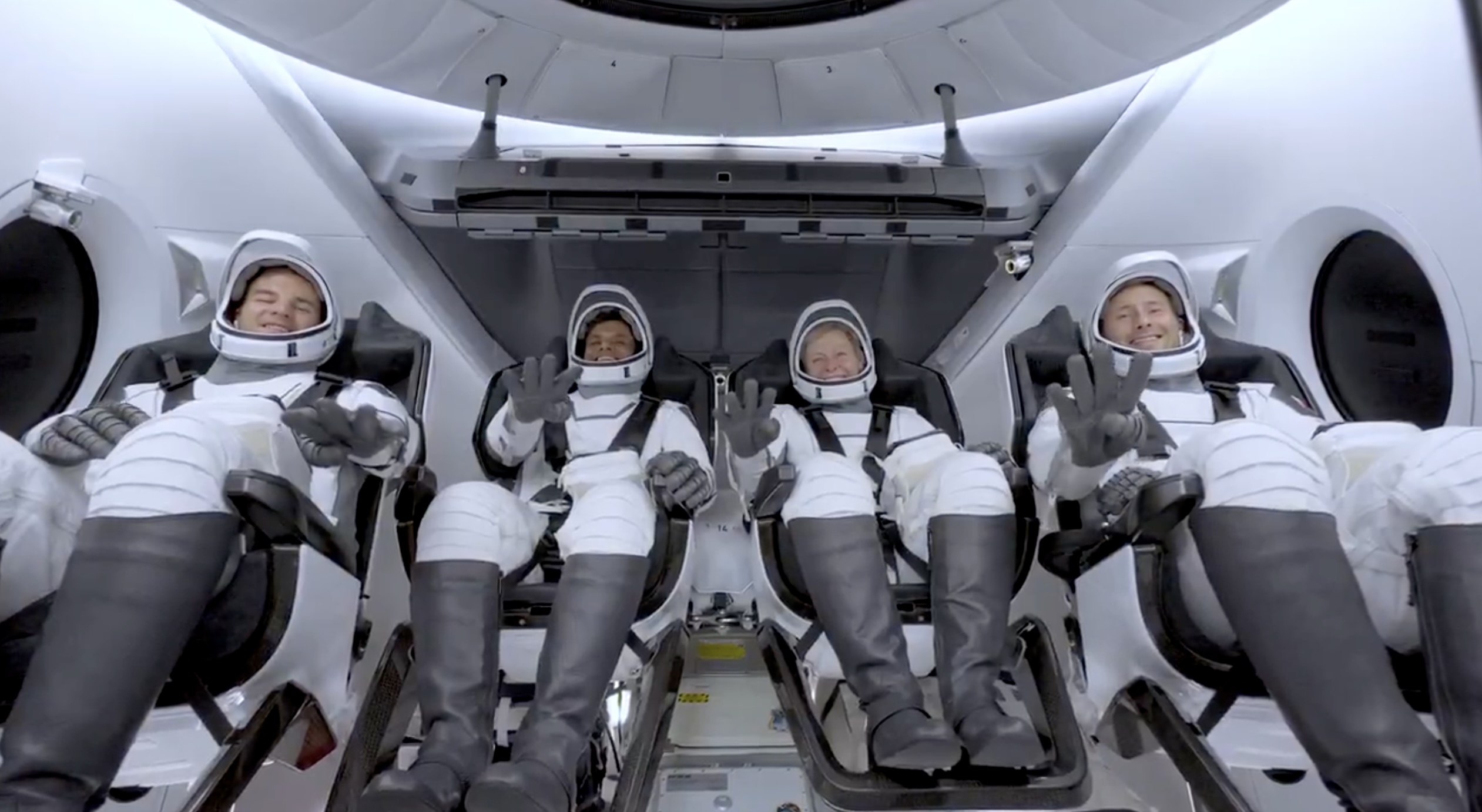
SpaceX launched the Falcon 9 rocket kickstarting Axiom Space’s Ax-4 mission to the International Space Station (ISS). Axiom’s Ax-4 mission is led by a historic international crew and lifted off from Kennedy Space Center’s Launch Complex 39A at 2:31 a.m. ET on June 25, 2025.
The Ax-4 crew is set to dock with the ISS around 7 a.m. ET on Thursday, June 26, 2025. Axiom Space, a Houston-based commercial space company, coordinated the mission with SpaceX for transportation and NASA for ISS access, with support from the European Space Agency and the astronauts’ governments.
The Ax-4 mission marks a milestone in global space collaboration. The Ax-4 crew, commanded by U.S. astronaut Peggy Whitson, includes Shubhanshu Shukla from India as the pilot, alongside mission specialists Sławosz Uznański-Wiśniewski from Poland and Tibor Kapu from Hungary.
“The trip marks the return to human spaceflight for those countries — their first government-sponsored flights in more than 40 years,” Axiom noted.
Shukla’s participation aligns with India’s Gaganyaan program planned for 2027. He is the first Indian astronaut to visit the ISS since Rakesh Sharma in 1984.
Axiom’s Ax-4 mission marks SpaceX’s 18th human spaceflight. The mission employs a Crew Dragon capsule atop a Falcon 9 rocket, designed with a launch escape system and “two-fault tolerant” for enhanced safety. The Axiom mission faced a few delays due to weather, a Falcon 9 leak, and an ISS Zvezda module leak investigation by NASA and Roscosmos before the recent successful launch.
As the crew prepares to execute its scientific objectives, SpaceX’s Ax-4 mission paves the way for a new era of inclusive space research, inspiring future generations and solidifying collaborative ties in the cosmos. During the Ax-4 crew’s 14-day stay in the ISS, the astronauts will conduct nearly 60 experiments.
“We’ll be conducting research that spans biology, material, and physical sciences as well as technology demonstrations,” said Whitson. “We’ll also be engaging with students around the world, sharing our experience and inspiring the next generation of explorers.”
SpaceX’s Ax-4 mission highlights Axiom’s role in advancing commercial spaceflight and fostering international partnerships. The mission strengthens global space exploration efforts by enabling historic spaceflight returns for India, Poland, and Hungary.
News
Starlink Cellular’s T-Mobile service to grow with third-party app data
From Oct 2025, T-Satellite will enable third-party apps in dead zones! WhatsApp, X, AccuWeather + more coming soon.
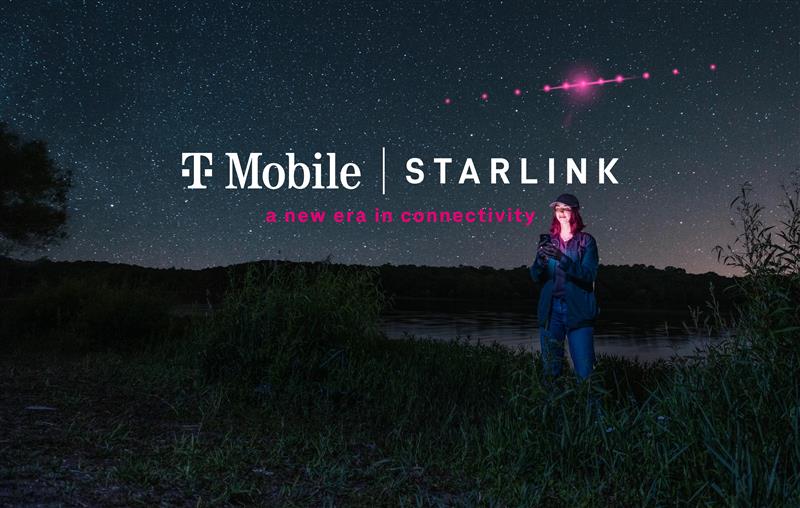
Starlink Cellular’s T-Mobile service will expand with third-party app data support starting in October, enhancing connectivity in cellular dead zones.
T-Mobile’s T-Satellite, supported by Starlink, launches officially on July 23. Following its launch, T-Mobile’s Starlink Cellular service will enable data access for third-party apps like WhatsApp, X, Google, Apple, AccuWeather, and AllTrails on October 1, 2025.
T-Mobile’s Starlink Cellular is currently in free beta. T-Satellite will add MMS support for Android phones on July 23, with iPhone support to follow. MMS support allows users to send images and audio clips alongside texts. By October, T-Mobile will extend emergency texting to all mobile users with compatible phones, beyond just T-Mobile customers, building on its existing 911 texting capability. The carrier also provides developer tools to help app makers integrate their software with T-Satellite’s data service, with plans to grow the supported app list.
T-Mobile announced these updates during an event celebrating an Ookla award naming it the best U.S. phone network, a remarkable turnaround from its last-place ranking a decade ago.
“We not only dream about going from worst to best, we actually do it. We’re a good two years ahead of Verizon and AT&T, and I believe that lead is going to grow,” said T-Mobile’s Chief Operating Officer Srini Gopalan.
T-Mobile unveiled two promotions for its Starlink Cellular services to attract new subscribers. A free DoorDash DashPass membership, valued at $10/month, will be included with popular plans like Experience Beyond and Experience More, offering reduced delivery and service fees. Meanwhile, the Easy Upgrade promotion targets Verizon customers by paying off their phone balances and providing flagship devices like the iPhone 16, Galaxy S25, or Pixel 9.
T-Mobile’s collaboration with SpaceX’s Starlink Cellular leverages orbiting satellites to deliver connectivity where traditional networks fail, particularly in remote areas. Supporting third-party apps underscores T-Mobile’s commitment to enhancing user experiences through innovative partnerships. As T-Satellite’s capabilities grow, including broader app integration and emergency access, T-Mobile is poised to strengthen its lead in the U.S. wireless market.
By combining Starlink’s satellite technology with strategic promotions, T-Mobile is redefining mobile connectivity. The upcoming third-party app data support and official T-Satellite launch mark a significant step toward seamless communication, positioning T-Mobile as a trailblazer in next-generation wireless services.
-

 Elon Musk2 weeks ago
Elon Musk2 weeks agoTesla investors will be shocked by Jim Cramer’s latest assessment
-

 News2 days ago
News2 days agoTesla debuts hands-free Grok AI with update 2025.26: What you need to know
-

 Elon Musk4 days ago
Elon Musk4 days agoxAI launches Grok 4 with new $300/month SuperGrok Heavy subscription
-

 Elon Musk6 days ago
Elon Musk6 days agoElon Musk confirms Grok 4 launch on July 9 with livestream event
-

 News1 week ago
News1 week agoTesla Model 3 ranks as the safest new car in Europe for 2025, per Euro NCAP tests
-

 Elon Musk2 weeks ago
Elon Musk2 weeks agoxAI’s Memphis data center receives air permit despite community criticism
-

 News4 days ago
News4 days agoTesla begins Robotaxi certification push in Arizona: report
-

 Elon Musk2 weeks ago
Elon Musk2 weeks agoTesla scrambles after Musk sidekick exit, CEO takes over sales

